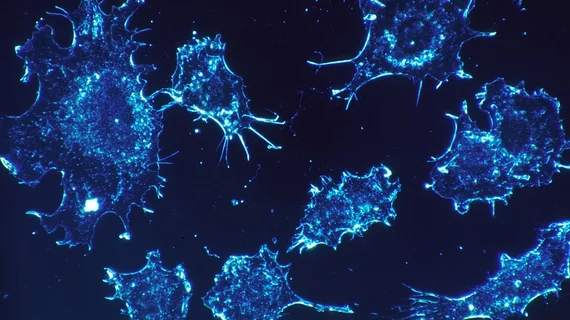Novel PET scan timer bolsters clinicians' cancer treatment capabilities
A team of nuclear medicine experts and physicists in Japan has collaborated on a new tool that extracts more detailed information from standard positron emission tomography scans.
The group developed a timer that measures oxygen concentrations within the body’s tissue to better understand tumors with more aggressive growth patterns. It’s a feature they say provides clinicians with an added layer of diagnostic insight.
And ultimately, modalities with the added timer may help oncologists provide tailored cancer treatments, first author Kengo Shibuya from the University of Tokyo Graduate School of Arts and Sciences explained Thursday.
“This was a quick project for us, and I think it should also become a very fast medical advance for real patients within the next decade,” Shibuya added in a statement. “Medical device companies can apply this method very economically, I hope.”
The experts focused on the lifecycle of positrons before they breakdown and produce gamma rays. When oxygen concentration is high, they found, a positron is more likely to have a shorter life expectancy. By distinguishing these various times, they can map oxygen concentration inside patients’ bodies to inform cancer treatment strategies.
Achieving this, the researchers noted, will likely involve upgrading gamma-ray detectors and software to record location and time data.
"We imagine targeting more intense radiation treatment to the aggressive, low-oxygen concentration areas of a tumor and targeting lower-intensity treatment to other areas of the same tumor to give patients better outcomes and less side effects," co-author Miwako Takahashi, with the National Institute of Radiological Sciences, added.
Read the entire study published Oct. 1 in Communications Physics.

